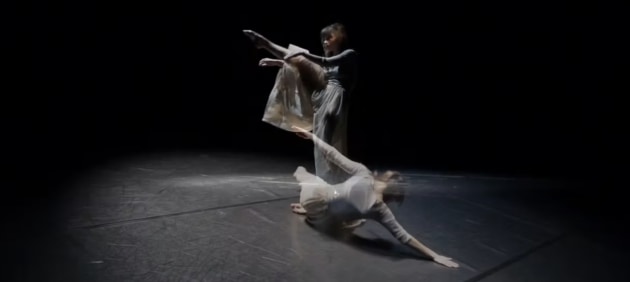Teaching: the supreme art

Alexandria Panetta (Lexy) teaches in both the Dance and the Education faculties at the Australian College of Physical Education (ACPE).
How long have you been teaching?
I have been lecturing at ACPE for two years; however, I have been teaching dance and working in both professional and educational dance contexts since 2015. I work in a variety of dance educational roles including my position as a Teaching Artist for Sydney Dance Company, and for The Arts Unit, working in their educational, choreographic and state dance ensemble programs.
What drew you to teaching dance?
Teaching dance has always appealed to me as I enjoy sharing the discipline that I am truly so passionate for. Throughout my teaching career I have always ensured that I am active in my own dance career as an independent artist or within a company. Constant involvement in the current dance sector helps to remain fluid and relevant with the art form which transfers to my teaching practices. I love to teach practical techniques, particularly in the compositional setting that allows myself and dancers to explore improvisational tasks.
Additionally, the theoretical backbone of dance studies has always been a compelling side of dance for me. I am passionate to articulate the theories that substantiate dance to the practices we explore in the studio and on stage. This has always helped me engage with dance to learn more about the art form and the body. I think it is important to promote philosophical, scientific and artistic thinking when it comes to learning and teaching dance. It is important for dancers to understand the practice in more ways than physical, and this seems to be what I love most about sharing knowledge in dance education.
Do you specialise in a particular age group?
Within the university context at ACPE, the students are all adults and have joined the college after completing high school, full-time or other professional tuition. Working with adults can be so enriching as there is so much everyone can learn from one another.

What is the most rewarding part of teaching dance?
It’s rewarding to watch your students grow and transform themselves personally and professionally and to support their successes in their careers.
What advice would you give your students if they decide on a teaching career?
My advice is to be open to all possibilities and to be adaptable. There are so many ways to engage with dance, and this includes the potential career opportunities that are available to dancers and educators. You can do more than one thing – if you want to! And all experiences help cultivate a deeper understanding of dance that you can apply to what you do. There is a lot of hard work involved but being flexible and willing to try different opportunities as they present themselves can open many doors within the dance world and lead to a fulfilling career in the dance sector and education sector.
Has the coronavirus lockdown left you with lasting changes to the way you teach?
The pandemic made obvious and challenging changes to the dance field and of course changes the way teachers were able to engage with their students. I think the pursuit to keep dance going despite our lack of connection to each other and being in the studio/ class room was outstanding. Many classes were pushed into the digital landscape and I like to think that our industry and students have become stronger and more resilient for it. The zoom classroom was a challenge for many practical classes, but everyone remained devoted to learning at whatever capacity they could with their home environments. The theory classes were equally demanding on the students. Dancers and educators have gone to many lengths to keep things moving and I have seen this reflect in dancers’ approaches to learning alongside their creativity with digital learning spaces.
This article is included in our special Teacher Focus feature in the current Oct/Nov/Dec issue. Print is for keeps! Buy your copy from your favourite dance retailer or online here or here.


